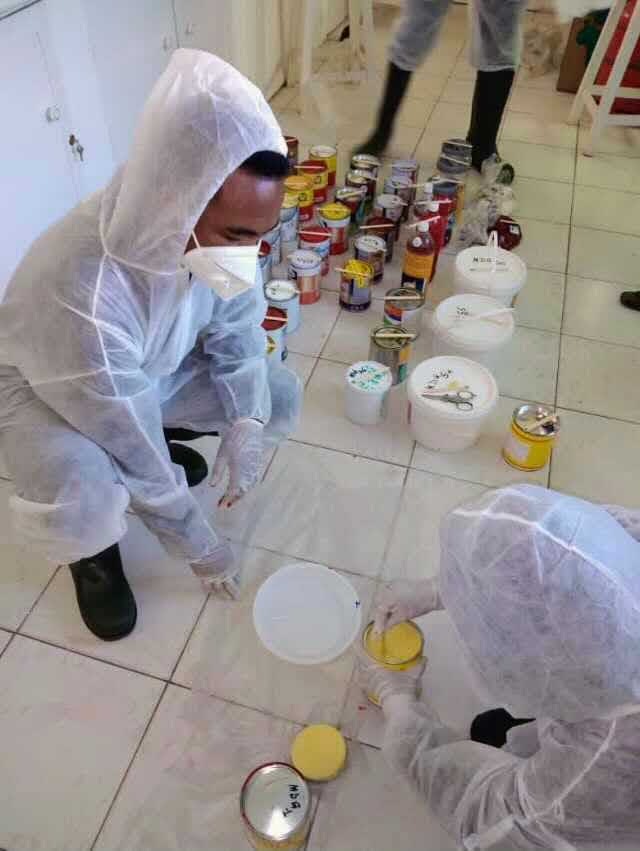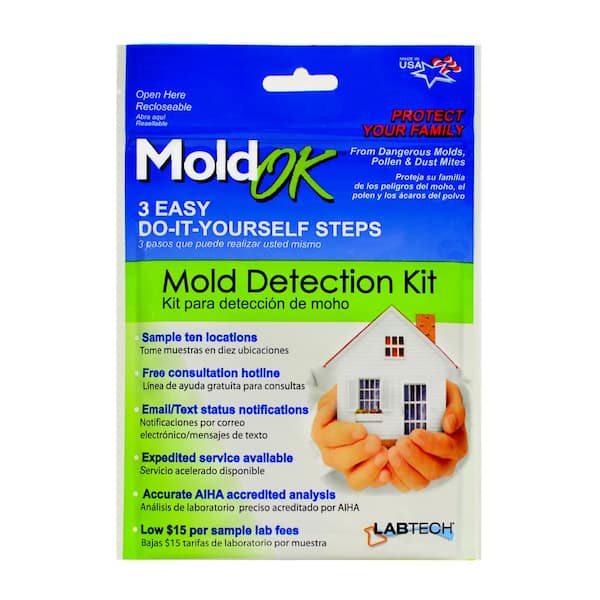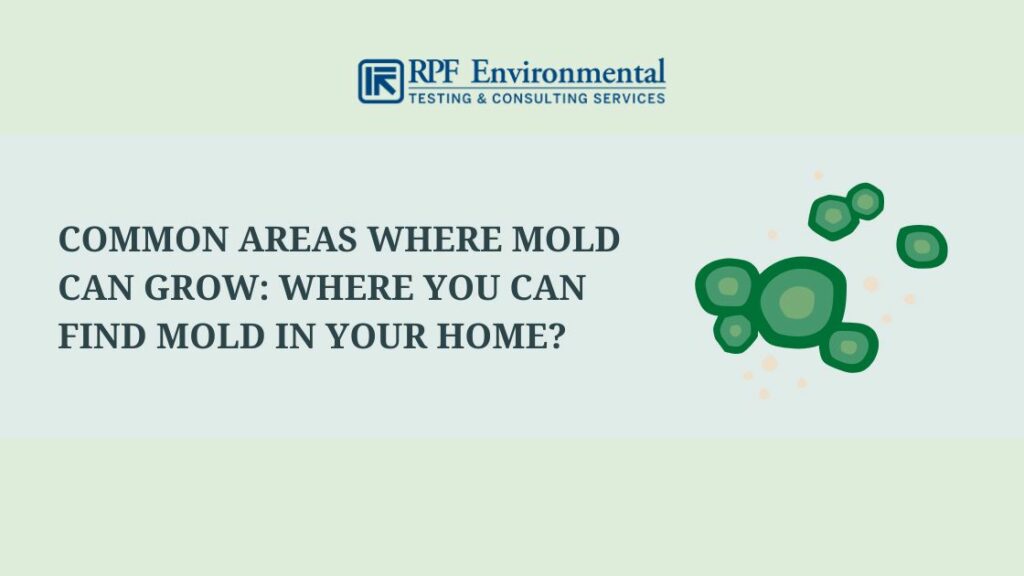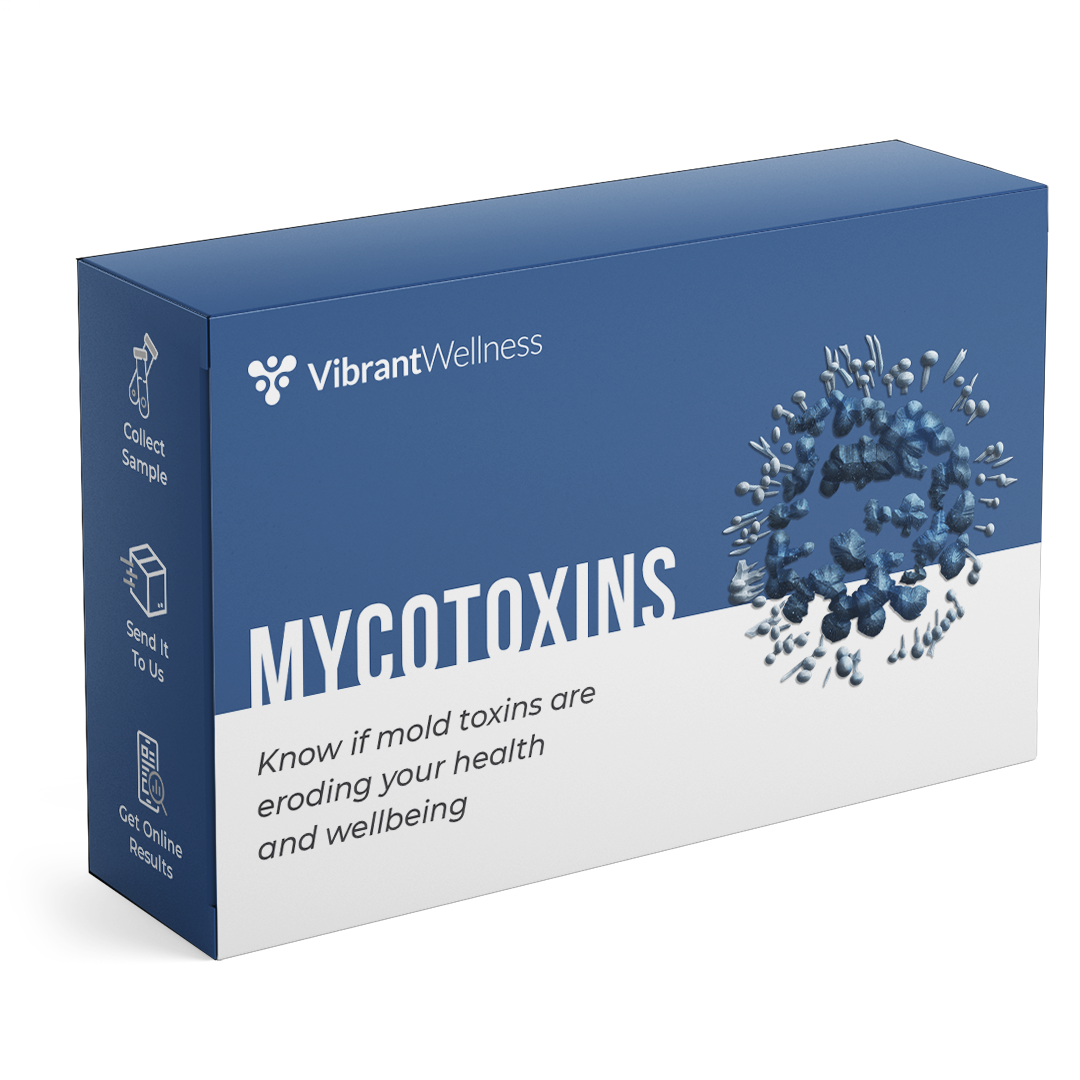Exactly How Mycotoxin Testing Assists Protect Against Contamination and Protect Food Materials

Mycotoxin testing is a vital technique in the food market, functioning as a frontline defense versus contamination by dangerous toxic substances created by molds. Via the application of innovative techniques like High-Performance Fluid Chromatography (HPLC) and Fluid Chromatography-Mass Spectrometry (LC-MS), food producers can properly identify and evaluate mycotoxin degrees in agricultural products. This aggressive technique not only ensures conformity with rigid security regulations yet additionally minimizes health and wellness risks to customers. Furthermore, regular screening fortifies brand name credibility and monetary health by lowering contamination-related occurrences. So, just how exactly do these screening protocols integrate right into the broader food safety and security strategy?
Comprehending Mycotoxins
Comprehending mycotoxins starts with identifying that they are poisonous second metabolites generated by particular mold and mildews, which can infect farming items. These metabolites are not crucial for the development or recreation of the fungis however can have serious implications for human and animal health and wellness. Mycotoxins are frequently discovered in staple crops such as corn, wheat, barley, and nuts, where they can proliferate under specific conditions of dampness and temperature level.
There are numerous sorts of mycotoxins, each created by various fungal species. Aflatoxins, produced by Aspergillus varieties, are amongst the most notorious, known for their cancer causing residential properties. One more substantial group includes ochratoxins, produced by Aspergillus and Penicillium species, which have nephrotoxic impacts. Fusarium types create trichothecenes and fumonisins, both of which are associated with numerous severe and chronic health concerns.

Risks of Mycotoxin Contamination
The dangers of mycotoxin contamination are multifaceted, posing significant dangers to both food security and public health. Mycotoxins, toxic compounds generated by specific types of fungi, can infect a large variety of agricultural products consisting of cereals, nuts, spices, dried out fruits, and coffee. When these toxins penetrate the food supply, they can cause significant health and wellness concerns such as liver damage, kidney failure, and also cancer. Vulnerable populaces, including youngsters, the elderly, and immunocompromised people, are especially in danger.
Economic effects are an additional major problem. Polluted plants can result in considerable financial losses for farmers and food producers as a result of decreased returns and the need for costly purification measures. In addition, international profession can be significantly impeded as nations impose stringent mycotoxin regulations to safeguard their populaces, causing rejected deliveries and strained trade connections.
Ecological elements such as climate adjustment exacerbate the threat of mycotoxin contamination. Variations in temperature level and moisture can create beneficial conditions for fungal development, raising the possibility of contamination events. Hence, understanding and mitigating these risks are crucial for ensuring the safety and security and stability of international food products.
Approaches of Mycotoxin Examining
Properly recognizing mycotoxin contamination in farming items is crucial for protecting public health try here and wellness and preserving food security standards. Various methods are employed to detect and quantify mycotoxins, each offering details benefits and constraints.
High-Performance Fluid Chromatography (HPLC) is an extensively utilized technique due to its high sensitivity and accuracy. It includes separating mycotoxins from other materials in an example, allowing accurate quantification. In A Similar Way, Fluid Chromatography-Mass Spectrometry (LC-MS) integrates liquid chromatography with mass spectrometry to provide thorough molecular info, making it particularly useful for recognizing several mycotoxins at the same time - Mycotoxin testing Services.

Gas Chromatography-Mass Spectrometry (GC-MS) and Thin-Layer Chromatography (TENDER LOVING CARE) are also utilized, each with my blog unique applications. GC-MS works for volatile mycotoxins, while TLC offers an easier, affordable choice for initial testing.
Advantages of Routine Testing
Normal screening for mycotoxins in agricultural products uses numerous benefits, considerably adding to public wellness and food security. By determining contamination early, regular screening aids prevent the circulation of toxic foods, thereby lowering the threat of mycotoxin-related health problems among consumers. This aggressive technique not only safeguards human health yet also enhances the total high quality of food supplies.
Regular screening also sustains regulative compliance. Various countries and areas have established rigorous limitations for mycotoxin degrees in food and feed. Sticking to these limits via routine screening makes sure that providers and producers fulfill lawful criteria, consequently avoiding charges and trade obstacles. Moreover, keeping compliance promotes consumer trust and brand name credibility, which are critical for market success.
Furthermore, normal mycotoxin testing can result in considerable economic advantages. Early detection of contamination permits for prompt intervention, minimizing prospective losses from widespread contamination. Applying regular testing procedures can likewise lessen recall costs and related obligations, which can be monetarily ruining.
Furthermore, regular testing offers important information that can notify better agricultural methods and storage problems. By understanding navigate to these guys patterns of contamination, producers can take on safety nets, thus contributing and reducing future risks to the sustainability of the food supply chain.
Implementing Testing Protocols
Applying effective mycotoxin screening protocols is essential for ensuring the safety and security and top quality of agricultural products. Each stage should be scrutinized to identify where mycotoxin contamination is most likely to occur.
As soon as important control points are recognized, choosing appropriate screening methods is vital. Common strategies include enzyme-linked immunosorbent assay (ELISA), high-performance fluid chromatography (HPLC), and mass spectrometry (MS) Each technique has its strengths and weak points; thus, selecting the appropriate one relies on the certain mycotoxin being evaluated, the called for sensitivity, and offered resources.

Last but not least, integrating the testing procedures right into a comprehensive food security management system is a good idea. This enhances traceability and makes it possible for speedy corrective actions when contamination is discovered, thus guarding the integrity of the food supply chain.
Verdict
Mycotoxin testing is essential in protecting against contamination and safeguarding food supplies by making it possible for very early discovery of damaging toxins generated by molds in farming products. Advanced techniques such as HPLC and LC-MS ensure compliance with safety and security policies and secure consumers from health and wellness threats. Routine screening boosts brand online reputation, financial stability, and count on food safety by lessening contamination-related losses and keeping high standards in food manufacturing. Implementing extensive screening protocols is thus imperative for the industry's general health.
Mycotoxin screening is an indispensable technique in the food industry, serving as a frontline defense against contamination by damaging toxic substances created by molds. An integrated method involving farming techniques, storage space monitoring, and regular testing can mitigate the risks linked with mycotoxin contamination, making certain food safety and security and public wellness.
The dangers of mycotoxin contamination are diverse, positioning considerable risks to both food safety and public health.Normal screening for mycotoxins in agricultural products supplies countless advantages, considerably contributing to public wellness and food safety and security.Mycotoxin screening is important in avoiding contamination and guarding food materials by allowing early discovery of dangerous toxic substances produced by mold and mildews in farming products.
 Lark Voorhies Then & Now!
Lark Voorhies Then & Now! Danny Pintauro Then & Now!
Danny Pintauro Then & Now! Kelly Le Brock Then & Now!
Kelly Le Brock Then & Now! Lynda Carter Then & Now!
Lynda Carter Then & Now! Bill Murray Then & Now!
Bill Murray Then & Now!